Key Takeaways
-
Physical Differences: Centipedes have flat bodies and one leg pair per segment; millipedes are rounder and have two pairs per segment.
-
Diet and Behavior: Centipedes are insectivores with venomous bites; millipedes are harmless decomposers feeding on decaying plant matter.
-
Habitat Preferences: Centipedes thrive in damp indoor areas like basements; millipedes prefer outdoor moisture-rich environments but may migrate indoors seasonally.
-
Potential Risks: Centipede bites can cause irritation; millipedes emit foul-smelling secretions that may irritate sensitive skin.
-
Prevention Strategies: Reduce moisture, seal entry points, and eliminate clutter to prevent infestations and reduce pest prey.
-
Infestation Signs: Frequent centipede sightings suggest humidity or pest issues; millipede gatherings indoors often indicate excess moisture or weather changes.
-
Professional Help: Seek pest control if infestations persist, cause discomfort, or trigger allergic reactions.
 Centipedes and millipedes are often mistaken for each other due to their long, segmented bodies and numerous legs. However, these two arthropods have distinct behaviors, diets, and ecological roles. Centipedes are agile predators that help control insect populations, while millipedes are slow-moving decomposers that contribute to soil health.
In this article, we’ll look at their differences to help you identify them correctly and take the necessary steps to manage their presence in your home or garden.
Not sure what’s crawling around your home? Our experts offer a free pest inspection to identify and address the issue quickly. Schedule your free inspection today and keep your home pest-free!
Centipedes and millipedes are often mistaken for each other due to their long, segmented bodies and numerous legs. However, these two arthropods have distinct behaviors, diets, and ecological roles. Centipedes are agile predators that help control insect populations, while millipedes are slow-moving decomposers that contribute to soil health.
In this article, we’ll look at their differences to help you identify them correctly and take the necessary steps to manage their presence in your home or garden.
Not sure what’s crawling around your home? Our experts offer a free pest inspection to identify and address the issue quickly. Schedule your free inspection today and keep your home pest-free!
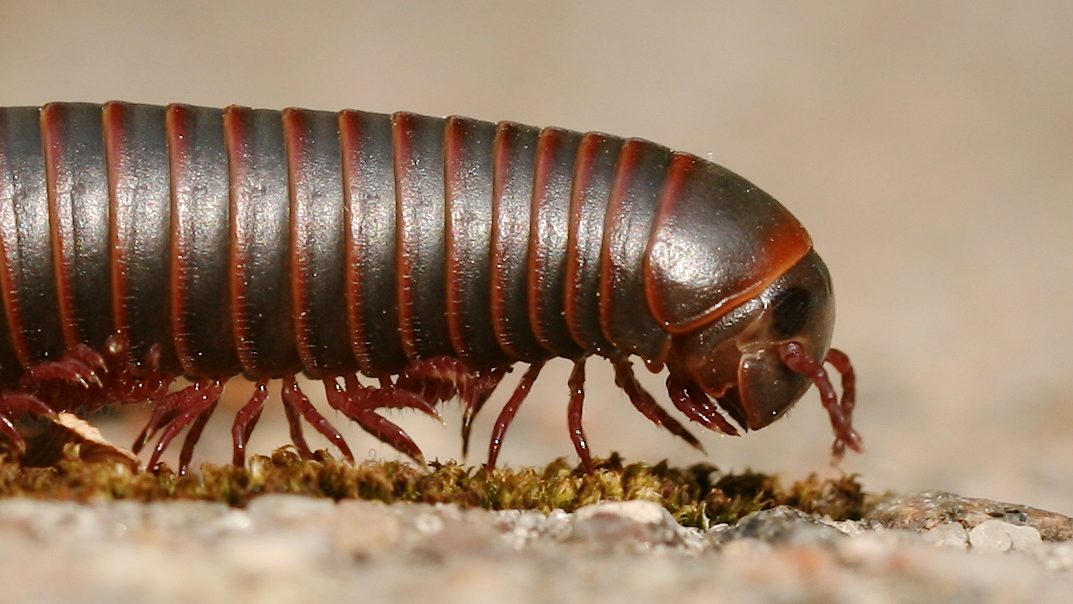

Not getting a solution?
Get your free pest control estimate today!What is a Centipede?
Centipedes are predatory arthropods that use speed and venom to capture insects. They prefer dark, damp environments such as basements, under rocks, or decaying logs. Though they can bite if provoked, they are not dangerous to humans and are beneficial for pest control.Physical Characteristics of Centipedes
-
Body Structure: Flattened body adapted for speed.
-
Leg Count: 15 to 177 pairs, always in odd numbers.
-
Color: Reddish-brown, yellowish, or tan.
-
Size: Varies from under an inch to several inches long.
-
Antennae: Long and highly sensitive for detecting prey.
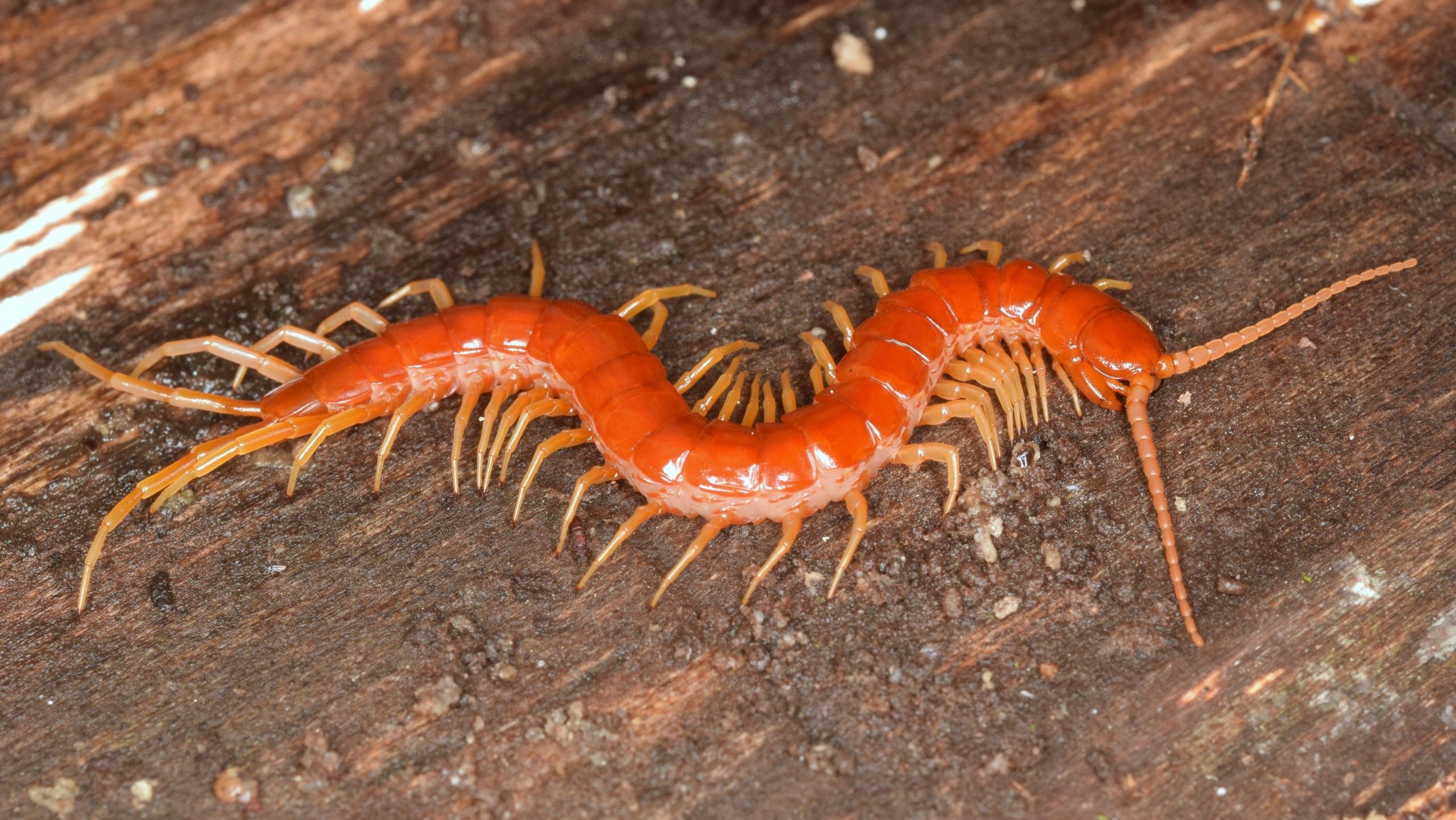 Centipedes help keep insect populations in check, but their presence indoors may indicate high humidity or other pest issues. Though their bite can cause mild irritation, they are more of a nuisance than a serious threat.
Centipedes help keep insect populations in check, but their presence indoors may indicate high humidity or other pest issues. Though their bite can cause mild irritation, they are more of a nuisance than a serious threat.
Habitat Preferences of Centipedes
Centipedes favor dark, moist environments due to their need for high humidity to survive. Common habitats include:- Under stones, logs, leaf piles, and garden debris.
- Damp areas such as basements, bathrooms, kitchens, and crawl spaces.
- Dark corners and crevices within homes, particularly during dry periods or colder seasons.
Diet and Hunting Behavior of Centipedes
Centipedes are predatory carnivores that actively hunt their prey:- Primarily feed on insects, spiders, and small arthropods.
- Use venomous claws to immobilize their prey swiftly.
- Typically hunt at night, relying on their speed and agility.
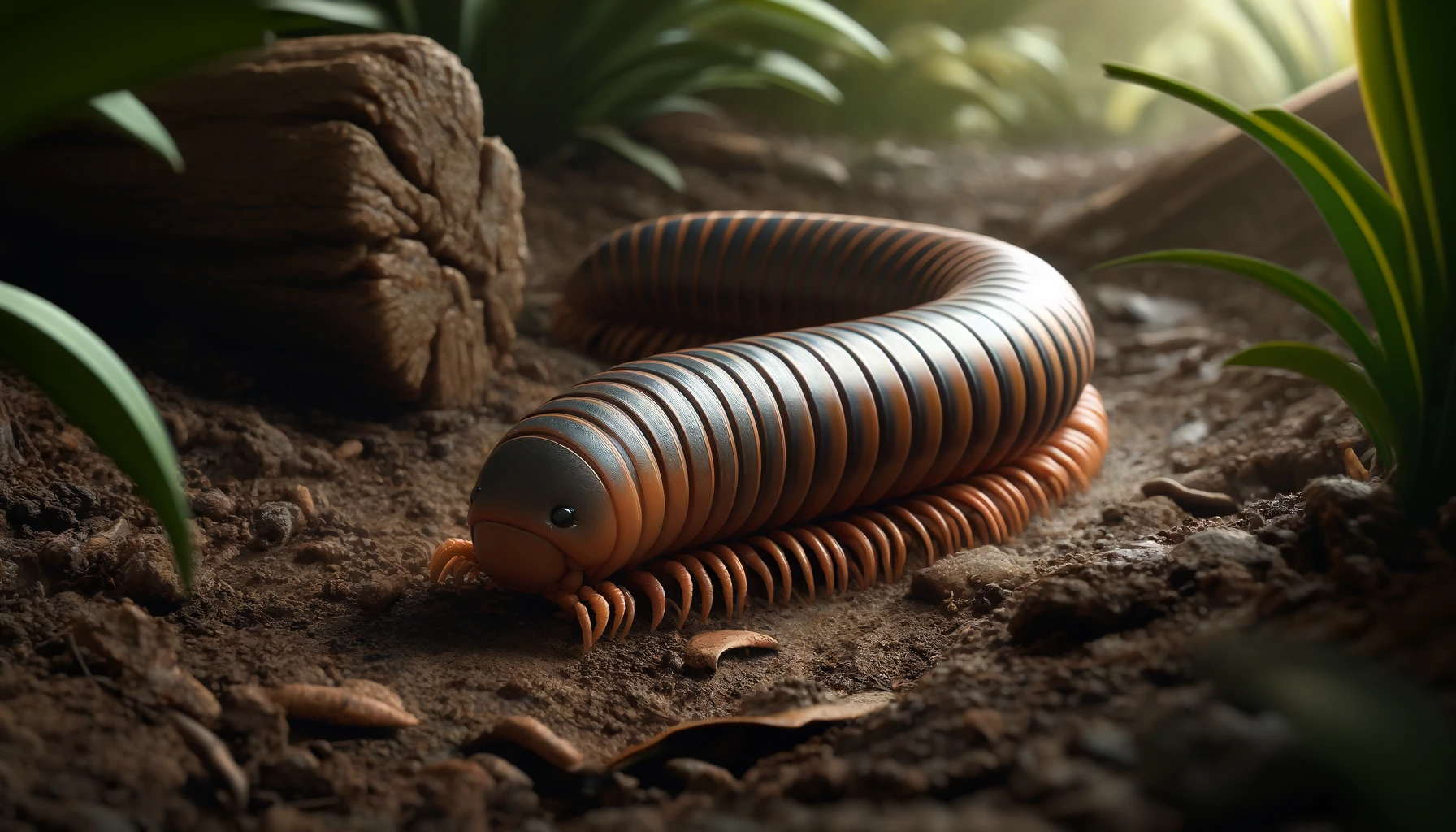
What is a Millipede?
Millipedes are slow-moving decomposers that feed on decaying plant material, contributing to soil health. They thrive in damp environments like mulch, under logs, or in leaf litter. Unlike centipedes, they do not bite and rely on curling up or releasing a foul-smelling chemical when threatened.Physical Characteristics of Millipedes
-
Body Structure: Cylindrical, rounded body built for burrowing.
-
Leg Count: 80 to 400 legs, with two pairs per body segment.
-
Color: Dark brown or black, sometimes with lighter markings.
-
Size: Typically 1 to 4 inches long.
-
Antennae: Short and used mainly for sensing the environment.

Common Species of Millipedes
-
Garden Millipede (Oxidus gracilis): Dark brown or black; commonly found in garden mulch or moist outdoor environments.
-
North American Millipede (Narceus americanus): A larger species, dark reddish-brown or black; prefers damp areas like woodlands and garden soil.
-
Greenhouse Millipede (Oxidus gracilis): Dark, slender, and often found indoors or in greenhouses where moisture levels are high.
Habitat Preferences of Millipedes
Millipedes prefer moist, protected environments rich in organic matter. Common habitats include:- Decaying logs, mulch, leaf litter, compost piles, and garden soil.
- Damp basements, garages, or other moist indoor areas.
- Shaded areas in yards, gardens, and flowerbeds.
Diet and Feeding Habits of Millipedes
Millipedes are detritivores, primarily feeding on decaying plant material:- Consume leaf litter, rotting wood, compost, and fungi.
- Assist in breaking down organic material, contributing positively to soil health.
- Rarely damage live plants, but large populations may occasionally feed on seedlings or soft plant tissue.
Key Differences Between Centipedes and Millipedes
Now that you understand the basics of each creature, let’s examine their key differences.| Feature | Centipede | Millipede |
|---|---|---|
| Body Structure | Flattened, elongated body | Cylindrical, rounded body |
| Legs Per Segment | One pair per body segment | Two pairs per body segment |
| Movement Speed | Fast, agile | Slow, deliberate |
| Diet | Carnivorous, preys on insects | Herbivorous, eats decaying plants |
| Defense Mechanism | Venomous bite | Curling up, releasing chemicals |
| Habitat | Damp indoor and outdoor areas | Mostly outdoor, damp soil, mulch |
| Threat to Humans | Can bite but not dangerous | Completely harmless |
| Preferred Environment | Humid, dark areas indoors and outdoors | Moist environments, rarely indoors |
Potential Risks of Centipedes and millipede
While centipedes and millipedes are mostly harmless, both can pose certain risks when they invade your home or garden. Understanding these potential dangers helps you manage them safely and effectively.Potential Risks of Centipedes
- Centipedes are generally harmless to humans but can become a nuisance when they invade homes. Here are some potential concerns:
-
Bites: Centipede bites are rare but can cause mild swelling, redness, and irritation due to their venom.
-
Indoor Presence: Frequent sightings indoors may indicate other pest problems, as centipedes feed on insects like cockroaches and spiders.
-
Creepy Factor: Their fast, unpredictable movements and appearance can be disturbing to many people.
Potential Risks of Millipedes
- Unlike centipedes, millipedes do not pose any direct harm to humans, but their presence in large numbers can be an issue.
-
Mass Invasions: Millipedes may enter homes in large numbers during rainy seasons or when outdoor conditions change.
-
Foul Odor: When threatened, millipedes release a pungent secretion that can irritate sensitive skin and linger indoors.
-
Plant Damage: Though minor, millipedes may chew on seedlings and soft roots in gardens, affecting young plants.
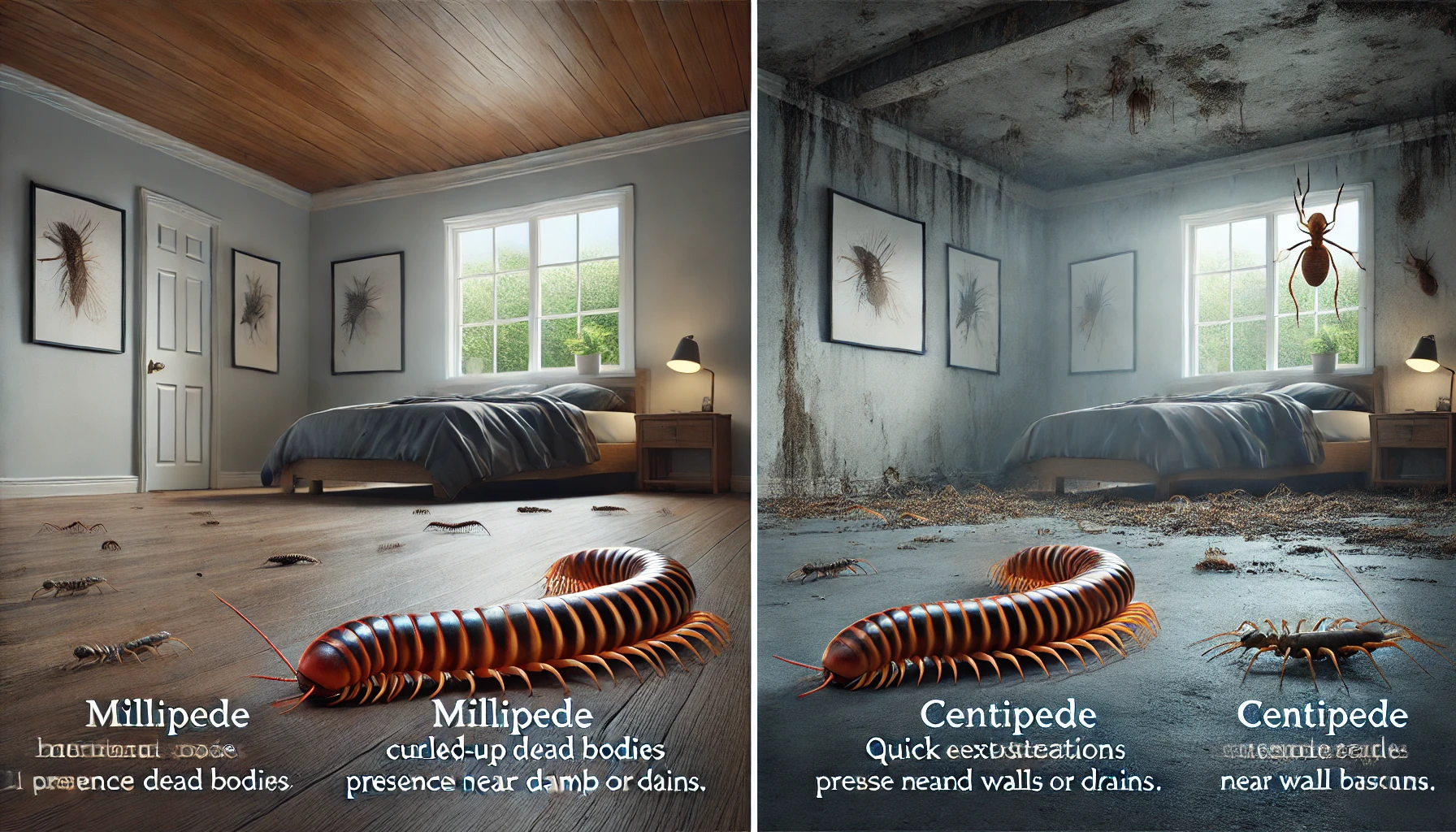
Signs of Infestation
Identifying an infestation early helps in managing centipedes and millipedes effectively:How to Spot a Centipede Infestation
- Frequent sightings of centipedes, especially at night
- Presence in moist areas like bathrooms, basements, or kitchens
- Increased sightings of insects that centipedes prey on
How to Spot a Millipede Infestation
- Large numbers of millipedes in damp indoor or outdoor areas
- Dead millipedes accumulating near walls, doors, or moisture sources
- Damage to seedlings or soft plants may suggest a high millipede population
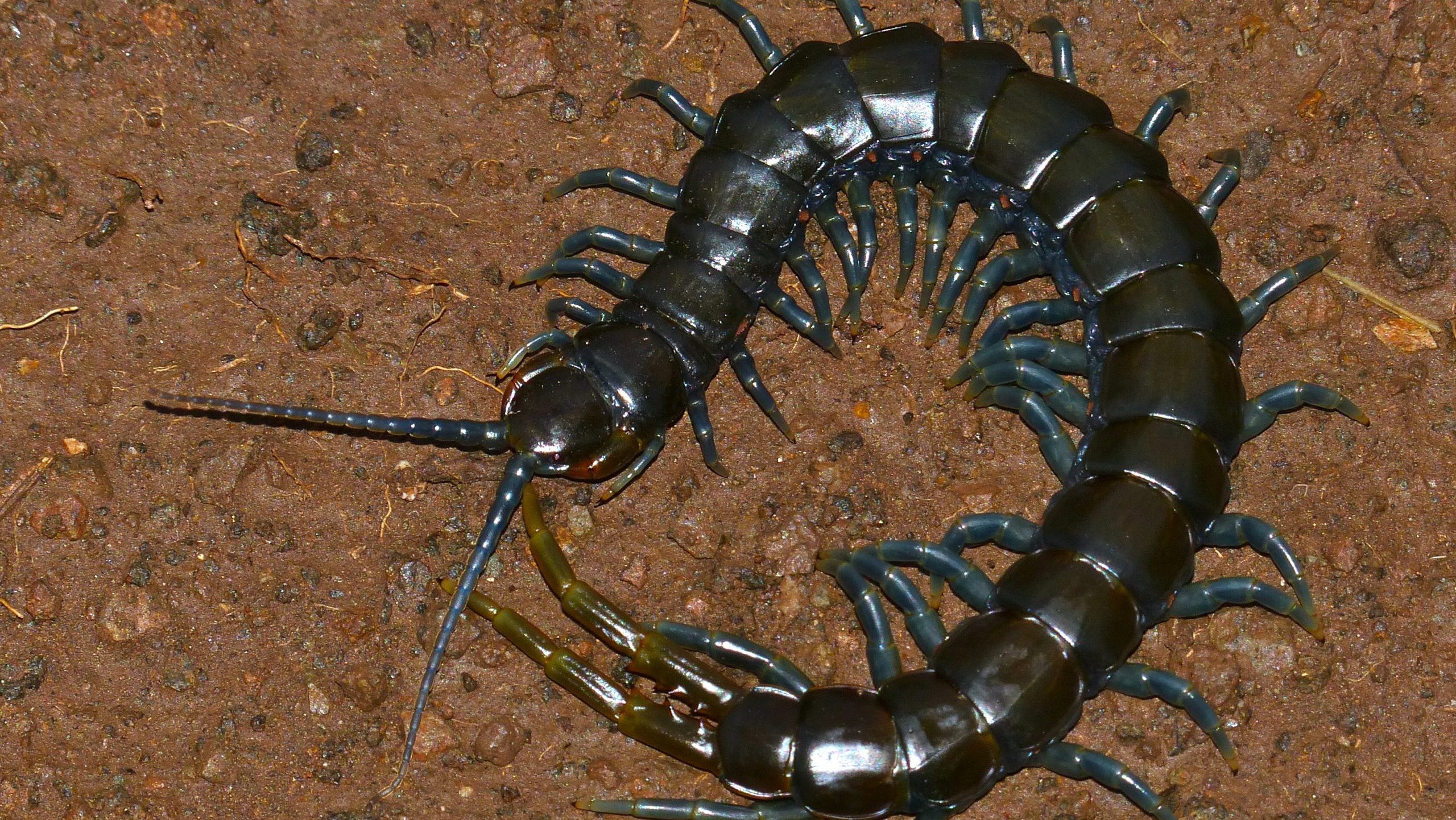
Toxicity and Venom (Centipedes)
Centipedes possess venomous claws (forcipules) used for capturing and subduing prey:- Their venom is generally not lethal to humans but can cause pain, redness, and localized swelling.
- Individuals with allergies or sensitivities may experience more severe reactions, requiring medical attention.
- It is advised to handle centipedes cautiously and avoid direct contact.
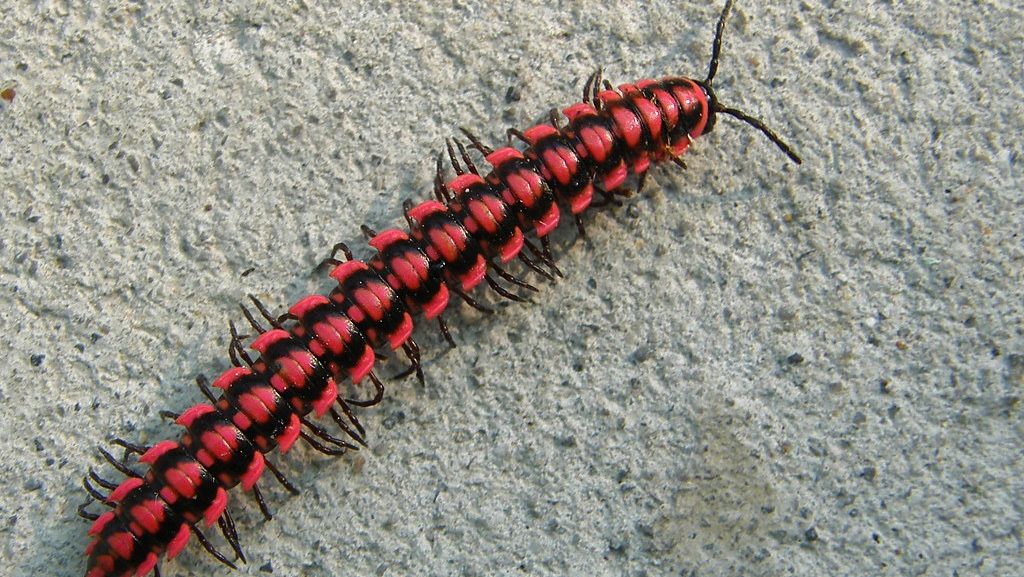 Defensive Secretions (Millipedes)
Millipedes lack venom but rely on defensive secretions:
Defensive Secretions (Millipedes)
Millipedes lack venom but rely on defensive secretions:
- When threatened, millipedes curl into a tight coil and secrete foul-smelling or irritating liquids.
- Secretions can cause skin irritation, redness, or allergic reactions in sensitive individuals.
- Avoid handling millipedes directly and wash skin thoroughly if contact occurs.
How to Prevent Millipedes and Centipedes from Entering Your Home
Millipedes and centipedes often seek shelter in moist, dark environments around homes. Here are practical tips to keep these pests away from your living spaces: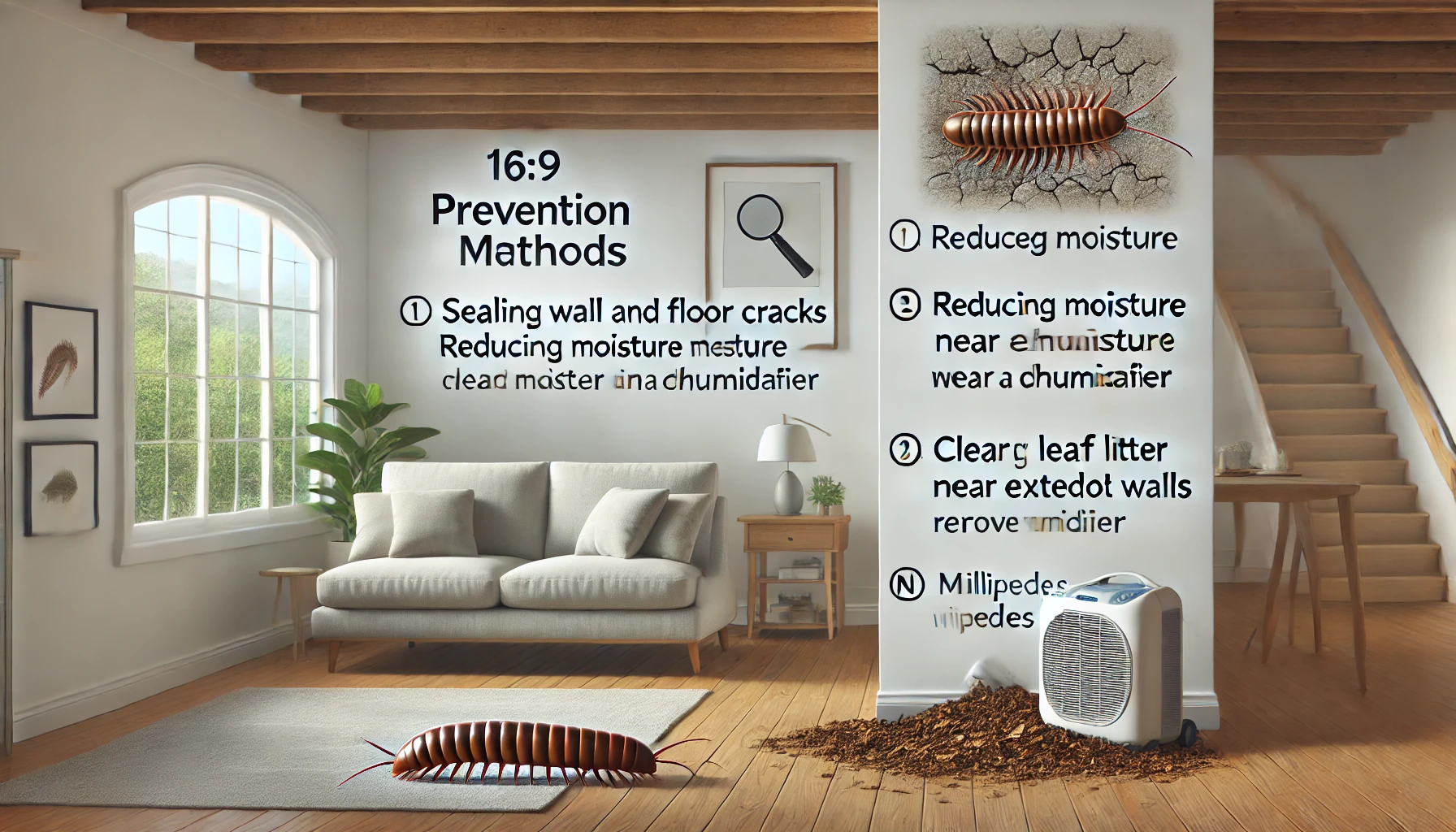
Tips to Prevent Millipedes
-
Manage Moisture: Reduce excess moisture in basements and crawl spaces.
-
Improve Drainage: Ensure gutters and downspouts direct water away from the foundation.
-
Remove Organic Matter: Clear mulch, leaf piles, and rotting wood from around the house.
-
Seal Entry Points: Block gaps around doors, windows, and utility openings.
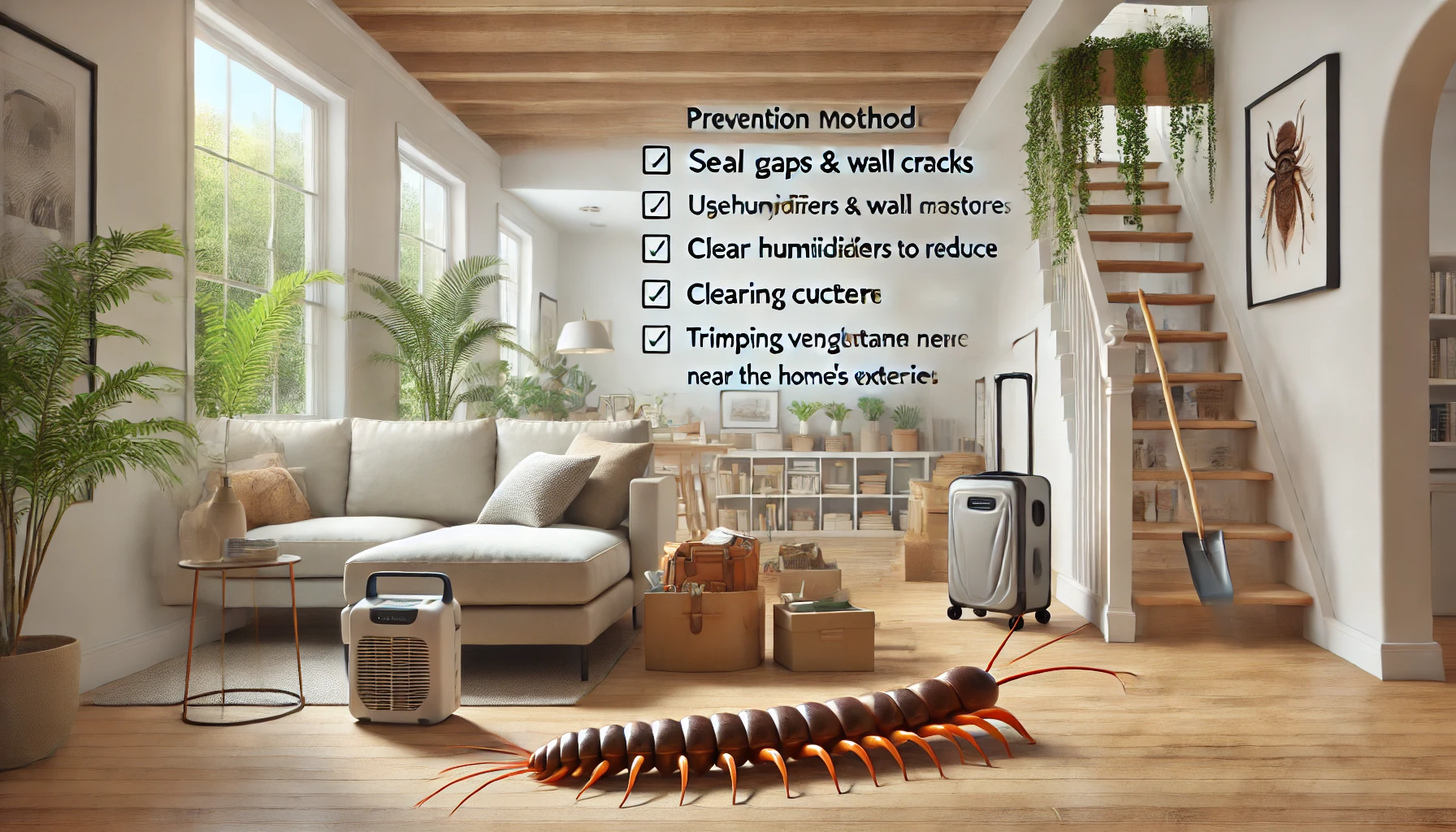
Tips for Preventing Centipedes
-
Reduce Moisture: Fix leaks and use dehumidifiers to lower humidity.
-
Seal Entry Points: Close cracks, gaps, and small openings around windows and doors.
-
Control Other Pests: Eliminating other insects will reduce centipede food sources.
-
Remove Clutter: Decluttering dark areas like basements and storage spaces will reduce hiding spots.
When to Call a Pest Control Professional
Contact a professional if:- Infestations persist despite DIY control measures.
- Large populations are causing discomfort, repeated encounters, or property damage.
- Individuals in the household experience severe reactions from bites or defensive secretions.
Myths and Facts About Centipedes and Millipedes
| Myth | Fact |
|---|---|
| Centipedes are venomous and dangerous. | Centipede bites might be painful but are not deadly. |
| Millipedes can cause structural damage. | Millipedes feed on decaying plant matter, not wood. |
| Centipedes and millipedes are the same. | They are different species with different traits. |
| Millipedes can bite like centipedes. | Millipedes do not bite; they are harmless to humans. |
| Centipedes only live in gardens. | Centipedes can also be found indoors in damp areas. |





